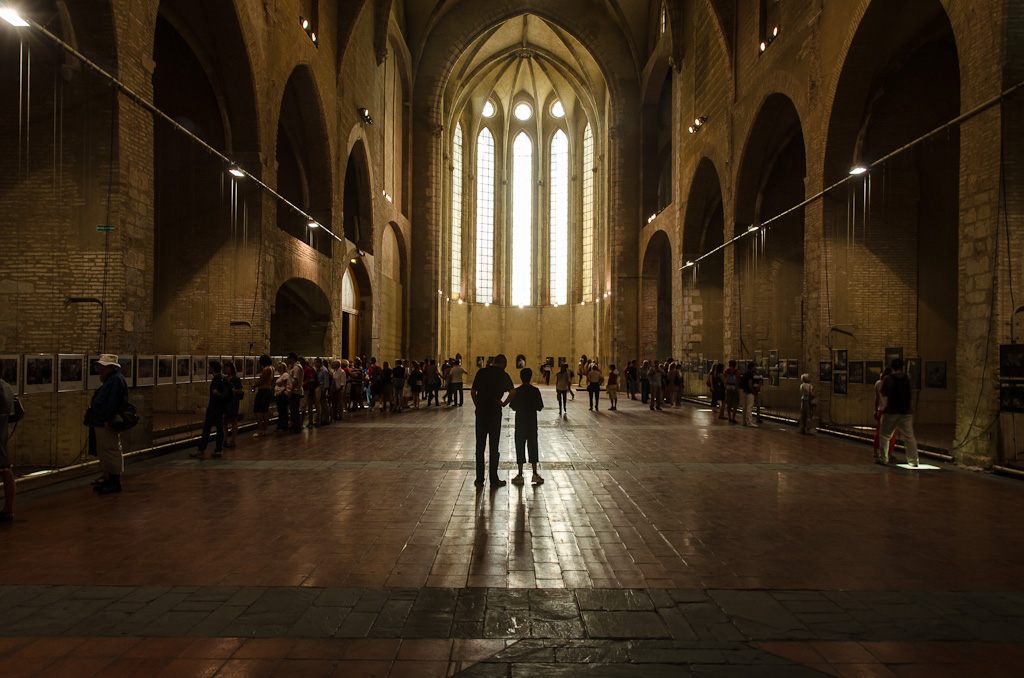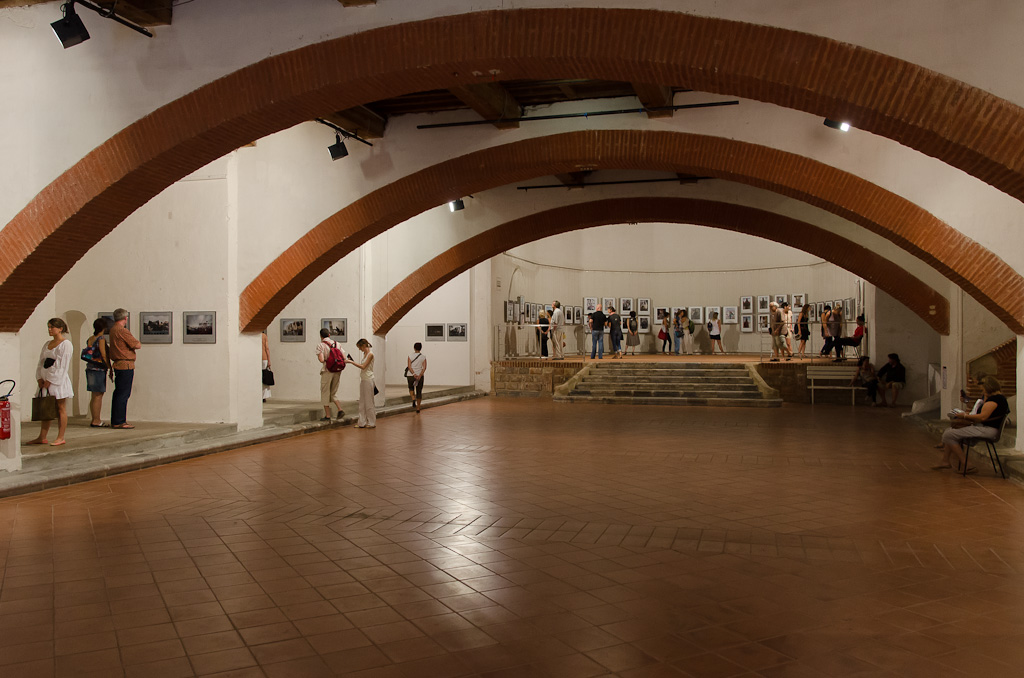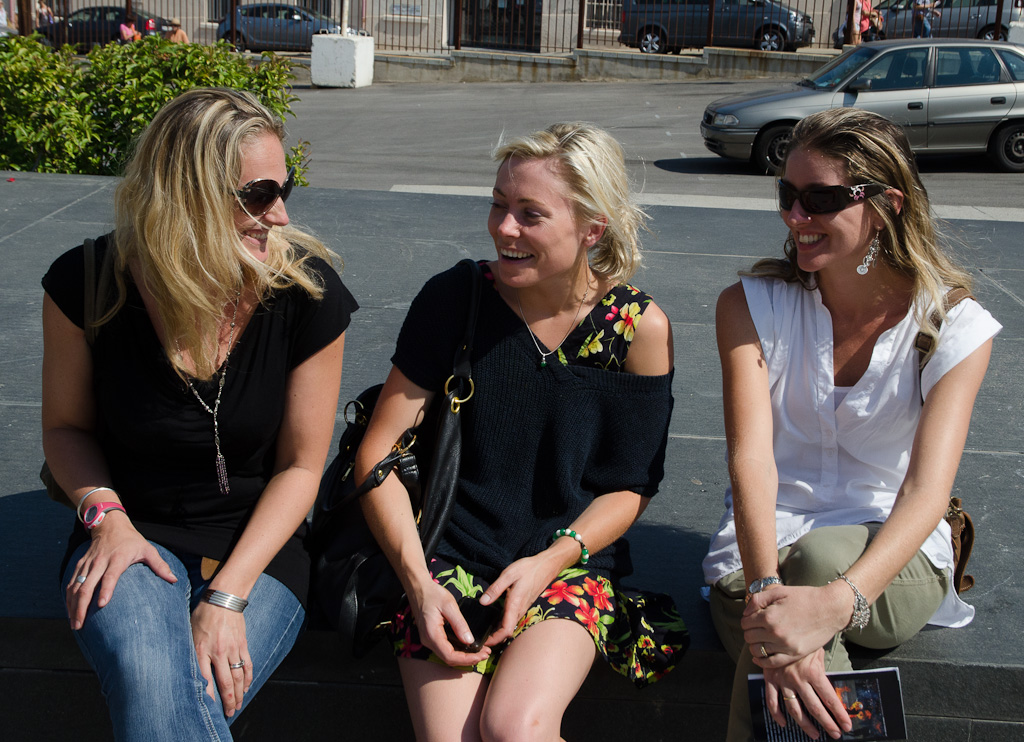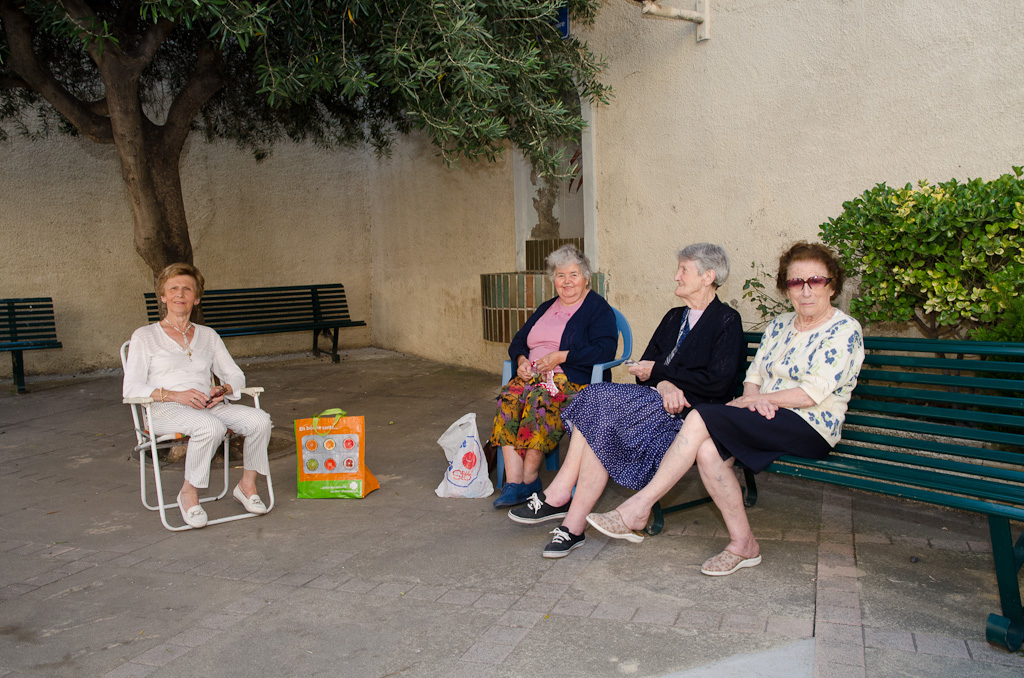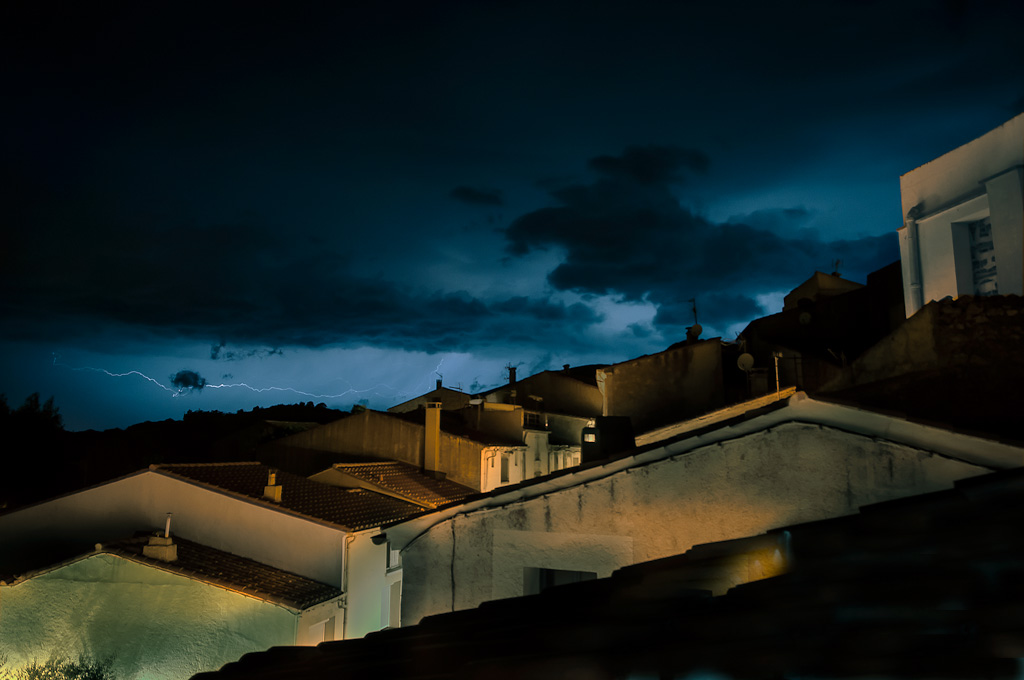The hardest part of the transition from photographer to writer is mastering the difference in the creative process.
In many types of photography the creative act is instantaneous. To reduce it to its most basic Cartier-Bresson decisive moment: see it, shoot it. Of course, there’s a lot that must happen before that moment in order to be in position to capture it, but the act of creativity really does take place in an instant. This is true of almost any journalistic type of photography but also holds for portraiture, fashion, even landscapes; any time the subject is alive, or changing light is an element.
Even when there’s a great deal of pre-production preparation and post-production processing and elements of creativity are spread throughout the process, even then, the critical creative act is the instant of releasing the shutter.
Only still life photography is exempt from this and only when the lighting is fully controlled. Maybe that’s why the French call it nature morte.
The act of writing a novel is a very different process.
Larry Walker sent me a quote from William Faulkner on the subject:
“It begins with a character, usually, and once he stands up on his feet and begins to move, all I can do is trot along behind him with paper and pencil trying to keep up long enough to put down what he says and does.”
That was certainly true of my first novel – but then the work began and hasn’t yet been completed. The creative process evolves from writing to editing and the number of revisions mounts at an alarming rate. It amazed me how often I could revise the same text and still find absolute clunkers that had to go. I would repeat the process until I hated every word then take a break and ask a friend to read it, after which I could admit that not every word was worthless and revise yet again.
Now, I’ve revised my revision process. I found that when I had trouble with a passage, reading it aloud would often point to the problem. When I stumbled over the reading, it was because either the thought or the language was unclear. In dialogue, it showed mostly in the placement of the “he said, she said” attributions. But in expository passages, reading aloud revealed awkward structures or fuzzy thinking. Enough time and consideration would eventually lead me to an improvement, often after several iterations, and I learned that when the words flowed easily from my mouth they were just better written.
I mentioned this to my friend Jess, who said she’d love to hear my reading, so I recorded the first chapter and sent it to her. In doing so, I discovered a new process: record, then listen while reading the text, stop to revise where needed and record again. Repeat until the words sound right.
Not exactly ready for “This American Life,” but Jess now has a podcast for one, and I’ve discovered an editing tool that works well for me.
I don’t know if other writers work this way. I’d love to hear from anyone who does.



